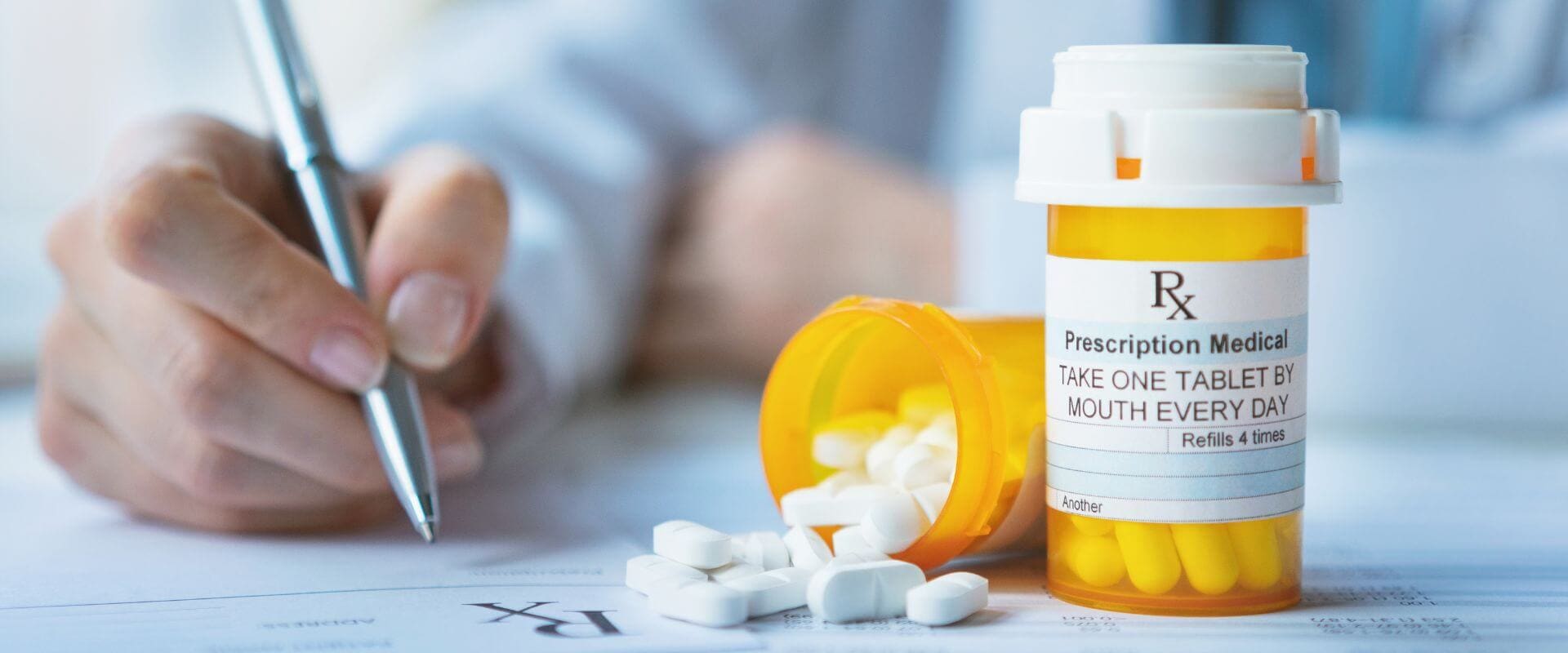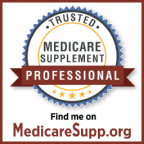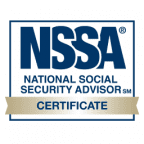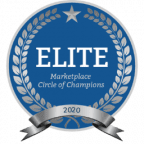Medicare Part D provides important prescription drug coverage for millions of seniors and individuals with disabilities across the United States. While the program covers a wide range of medications, including many commonly prescribed drugs, those with certain medical conditions may require specialty drugs that can come with high costs. In this blog post, we will explore Medicare Part D coverage for specialty drugs, including the costs associated with these medications and potential alternatives that may be available. Whether you’re currently enrolled in a Part D plan or considering your options, understanding how specialty drugs are covered under Medicare can help you make informed decisions about your healthcare.
Medicare Part D Explained
Medicare Part D is a voluntary program that provides prescription drug coverage to Medicare beneficiaries. It was created as part of the Medicare Prescription Drug, Improvement, and Modernization Act of 2003 and became available in 2006. Medicare Part D is offered by private insurance companies that are approved by Medicare and work in conjunction with Original Medicare (Part A and/or Part B) or a Medicare Advantage plan (Part C).
To enroll in Medicare Part D, beneficiaries must sign up during their Initial Enrollment Period (IEP), which is typically the seven-month period that begins three months before they turn 65 and ends three months after. If someone misses their IEP, they can enroll during the Annual Enrollment Period (AEP), which is from October 15 to December 7 each year.
Part D plans have a formulary, which is a list of drugs covered by the plan. Each plan has its formulary, which can change from year to year, so it’s important to review the formulary annually during the AEP to make sure that the medications a person needs are still covered.
Part D plans also have a coverage gap, also known as the “donut hole,” which is a period when beneficiaries pay a larger share of the cost of their drugs until they reach a certain threshold. After the threshold is reached, catastrophic coverage kicks in and the beneficiary pays a much smaller portion of the cost.
Medicare Part D is an important program for seniors and individuals with disabilities who require prescription drugs. It can help them manage the costs of their medications and improve their overall health outcomes.
Part D Formularies
A Medicare Part D formulary is a list of prescription drugs covered by a specific Part D plan. Each Part D plan has its formulary, which is created by the plan’s pharmacy and therapeutic committee. The formulary is reviewed and approved by the Centers for Medicare and Medicaid Services (CMS) to ensure that it meets certain requirements for coverage and accessibility.
Formularies are divided into tiers, with each tier representing a different level of cost sharing. Tier 1 generally includes generic drugs, which have the lowest out-of-pocket costs. Tier 2 typically includes preferred brand-name drugs, followed by non-preferred brand-name drugs in Tier 3. Tier 4 may include specialty drugs or high-cost medications, which usually have the highest out-of-pocket costs and are what we will cover further in this post.
Part D formularies can change from year to year, so beneficiaries need to review their plan’s formulary annually during the Annual Enrollment Period (AEP) to make sure that the medications they need are still covered. If a drug is not on a plan’s formulary, beneficiaries may have to pay the full cost of the medication or look for alternative treatments.
If a beneficiary’s physician believes that a non-covered drug is medically necessary, they can request an exception from the Part D plan. The plan must then review the request and decide whether to cover the drug. If the plan denies the exception, the beneficiary can appeal the decision.
Medicare Part D Specialty Drugs
Medicare Part D Specialty drugs are high-cost prescription drugs that are used to treat complex, chronic, or rare medical conditions such as cancer, multiple sclerosis, rheumatoid arthritis, and hepatitis C. These drugs often require special handling, administration, and monitoring, and may not have lower-cost generic alternatives.
Specialty drugs are covered by Medicare Part D plans, but they are typically placed on the highest tier of a plan’s formulary, which means that they can have high out-of-pocket costs. The exact cost of a specialty drug will depend on the Part D plan a beneficiary is enrolled in, but it may involve both a percentage coinsurance and a flat copay amount.
To help manage the cost of specialty drugs, there are a few alternatives that beneficiaries can consider. One option is to look for alternative treatments, such as lower-cost generics or biosimilars. Biosimilars are similar to the original biologic drugs, but they are produced by a different manufacturer and may have a lower cost.
Another option is to enroll in a Medicare Advantage plan that includes prescription drug coverage. Some Medicare Advantage plans offer more comprehensive prescription drug coverage than standalone Part D plans and may have lower cost-sharing for specialty drugs.
Finally, Medicare beneficiaries who meet certain income and asset requirements may be eligible for Extra Help, also known as the Low-Income Subsidy (LIS), which provides financial assistance for prescription drug costs, including specialty drugs.
Final Words
Medicare Part D plans do cover specialty drugs, but they may come with high out-of-pocket costs. To manage these costs, beneficiaries can consider alternative treatments, enrolling in a Medicare Advantage plan, or applying for Extra Help. Beneficiaries need to review their Part D plan’s formulary and cost-sharing information regularly to ensure they have the coverage they need at a cost they can afford. By understanding their options and making informed decisions, beneficiaries can ensure that they have access to the medications they need to manage their health conditions without facing financial hardship.
